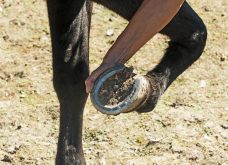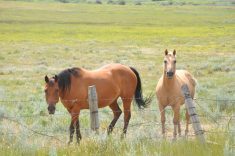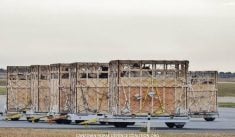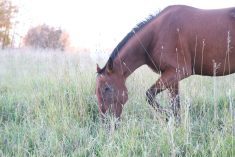As the equine version of an early teenager, the yearling is a bit of a peculiarity within the modern-day horse world.
Yearlings generally appear and act physically ungainly, have a naive mindset and are often emotionally raw. For these reasons a pressure and haste is often placed upon the yearling to be more than it is and to do more than it is physically capable of.
Nonetheless the future outcome of the yearling as a valuable equine citizen is highly impressed by the goings on of nutrition, husbandry practices and their early interactions with both horses and human beings during this time.
Read Also
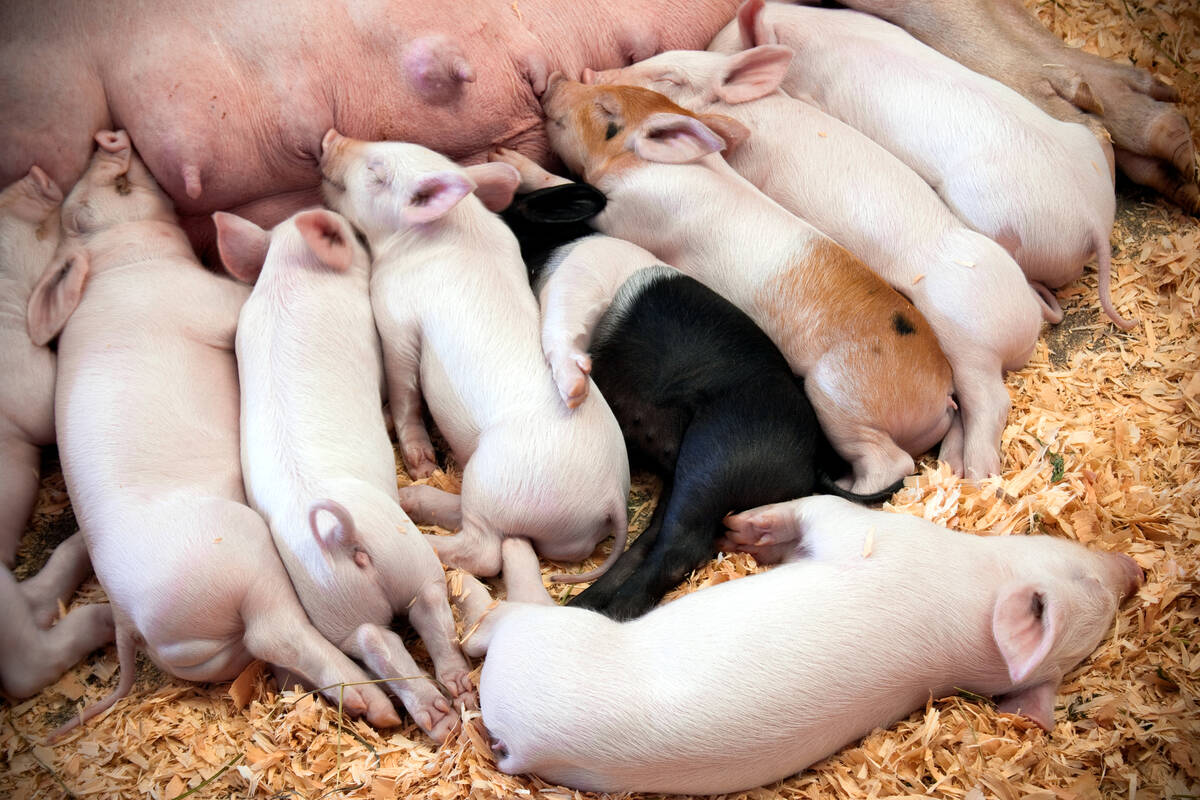
First-time pig mothers may need more lysine
Lysine feed recommendations may fall short for gilt pregnancies when it comes to making sure the mother pig can produce as much milk for her piglets as possible
The nutritional requirements for the yearling horse to meet moderate growth are sufficiently met with the emerging grasses of spring and well-kept pasture lands over the summer, and quality free-choice mineral and salt. Good grazing is a healthy start.
If necessary further fine tuning to mineral supplementation can be obtained following a forage analysis. The information the analysis returns can be invaluable especially when dealing with large numbers of yearlings.
As the fall and winter season approaches the yearling’s diet can then be transitioned to a variety of quality grass hays. A small amount of alfalfa hay can be a useful complement to the yearling’s diet as it offers the critical essential amino acid, lysine to the protein profile of the diet.
It is tempting for horse owners to add a myriad of other things to the youngster’s diet and yet this can begin the slippery slope of overnutrition. Whenever grain meals or rations of processed feeds are frequently added to the diet the young horse experiences a spike in blood glucose and insulin in response to the readily digestible carbohydrates.
These spikes are the early beginnings of endocrinopathies in the horse and have been linked to the disruption and interference of the healthy development of cartilage into bone and hosts a number of developmental skeletal problems including the variety of expressions of osteochondritis dissecans (OCD), contracted tendons, and physitis (inflammation surrounding the growth plates).
These bone and limb abnormalities can affect the soundness of horses both in the short and long term. It has also been speculated that the rising incidence of equine metabolic syndromes and/or diseases as the horse ages may also be linked to overnutrition in the formative years of the horse, especially if it is coupled with a sedentary lifestyle and obesity.
A well-grown, healthy and strong yearling in ideal body condition is lean, maybe even considered slightly ribby and rangy. At odds with the principle of leaving the yearling physically ungainly are the expectations of the show ring or sales pavilion to produce a more mature-looking or “eye-catching” specimen. Unfortunately these overconditioned animals are more likely to suffer musculoskeletal problems and poor outcomes as adult performers.
The continuous availability of quality plant forage in the diet of the youngster is not only a necessary key to the health of the musculoskeletal system, it is also important to the digestive and endocrine systems of the horse. The full elliptical chewing motions incited by forage intake properly conditions tooth and dental arcade development. It is the beginning of proper dental health in the horse.
A slow, steady flow of long-stem plant fibre is critical to establishing a vital, thriving and resilient microbial ecosystem in the hind gut and thus fosters a lifetime of digestive and endocrine health. Heavy contributions of grain and processed feeds to the diet of a horse during its formative years of digestive development disrupts natural and beneficial occurrence and leaves the mature horse increasingly vulnerable to poor dental health and digestive disturbances over the years.
The most effective way to physically condition yearlings is their placement in stable herd environments in large open spaces where the lands and their youthful exuberance can teach them how to use their bodies and how to use their bodies well. Gentle slopes, hills, and varied terrains result in young horses with wonderful muscle tone and the grace, balance and sure-footedness which will serve them handsomely as they enter into performance schedules.
Since the immune system of the yearling horse is also in its early stages of development the young animal tends to be particularly susceptible to parasitic and respiratory disease contracts. Therefore they benefit from the informed deworming and vaccination programs as advised by the local veterinarian. Due to their naive immune system young horses are the greatest benefactors of a well-applied biosecurity program.
Even before the young horse comes into good relations with humans it has a primal need to be in proper social interactions within a stable herd environment. These early interactions and social relationships with other horses are essential to the healthy psychological and neurological development of the horse. Horses in good relations with other horses will seek to be in good relations with human beings.
Good manners is likely the most important education a horse could learn in its entire lifetime because it deeply affects its relationship with human beings. Thus this is an ideal time to begin the training of ground manners to build the foundation for quality and meaningful physical training.
Early education to the yearling horse includes a willingness and ease to be caught, an understanding of leading and being tied up, grooming, trailering, and handling of the feet. Early hoof care, made possible by early foot handling, not only benefits hoof development it is a pragmatic life skill that serves the horse throughout its entire life.
Physical exercises such as lounging and round penning enforced upon the yearling must be done judiciously and with the greatest of care. The juvenile skeleton is “soft” and exceedingly suspect to and unforgiving of injuries sustained as a result of repetitive activities, poor footing and fatigue. If physical training is pursued in haste of a youngster’s physical and mental readiness there exists a greater likelihood of physical and/or mental unsoundnesses in the adult horse.
The yearling horse tends to be the “ugly duckling” of the horse world. Yet with patience, proper nutrition, an enriching social and physical environment, and a well-thought-out gentling program a valuable equine citizen emerges from the awkwardness of puberty.








